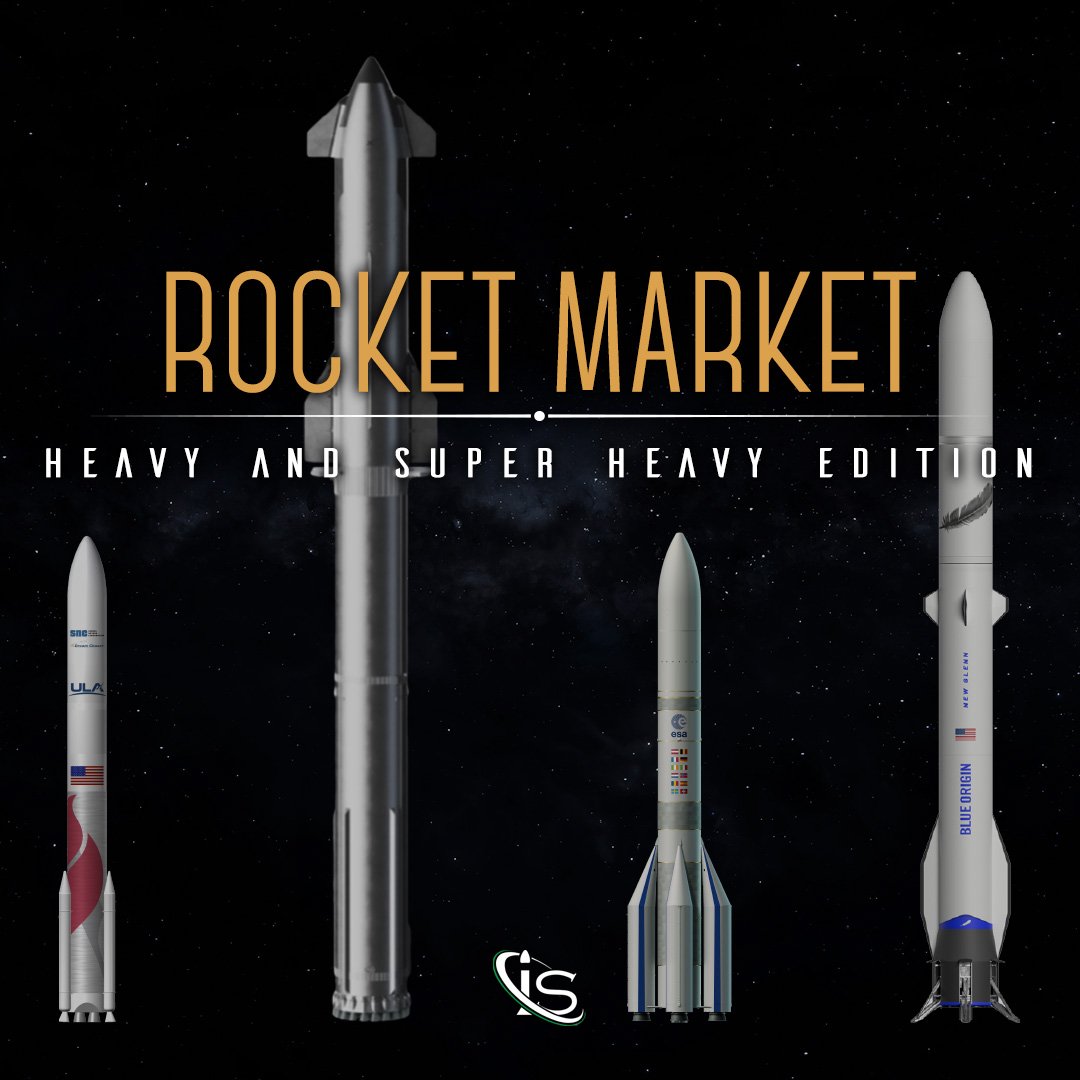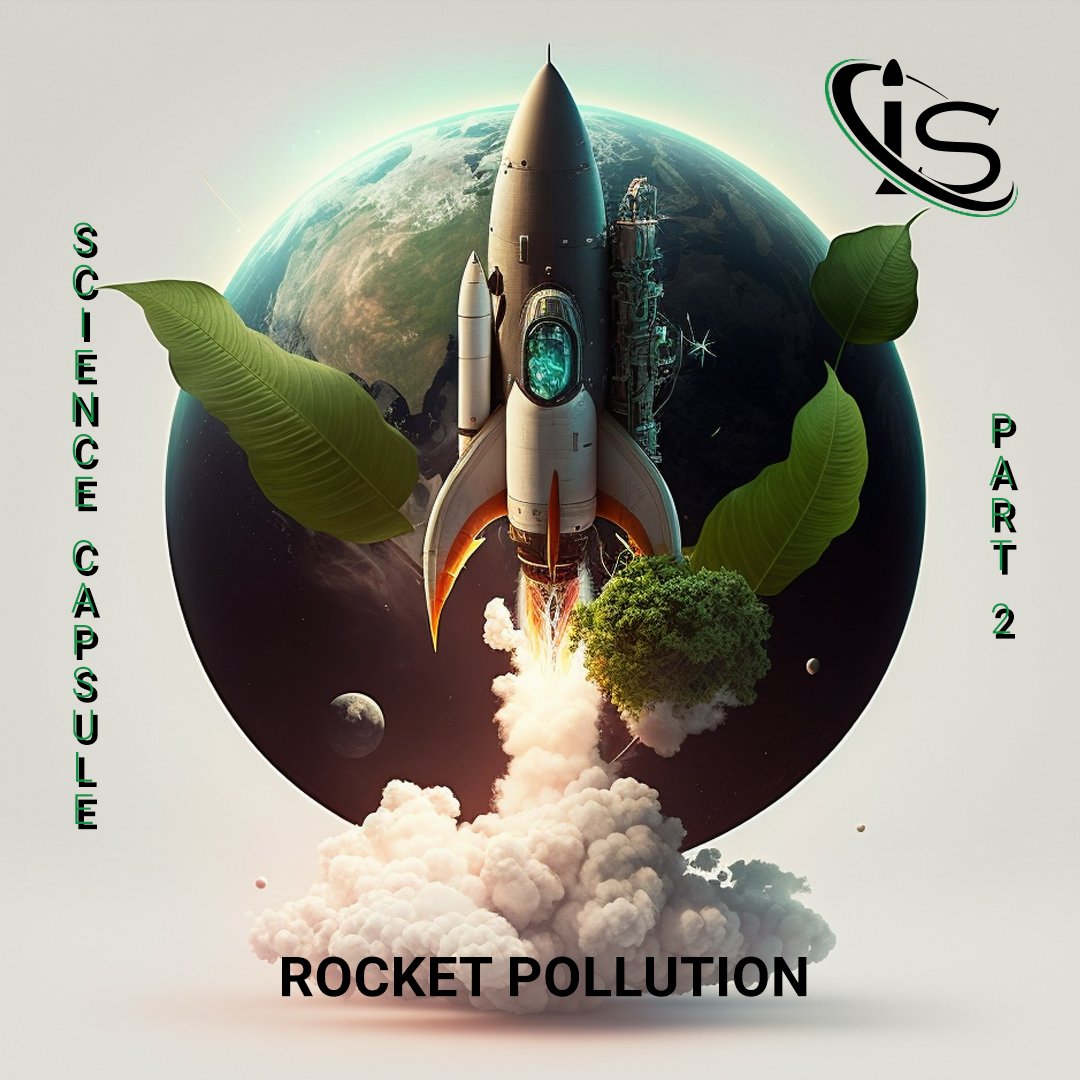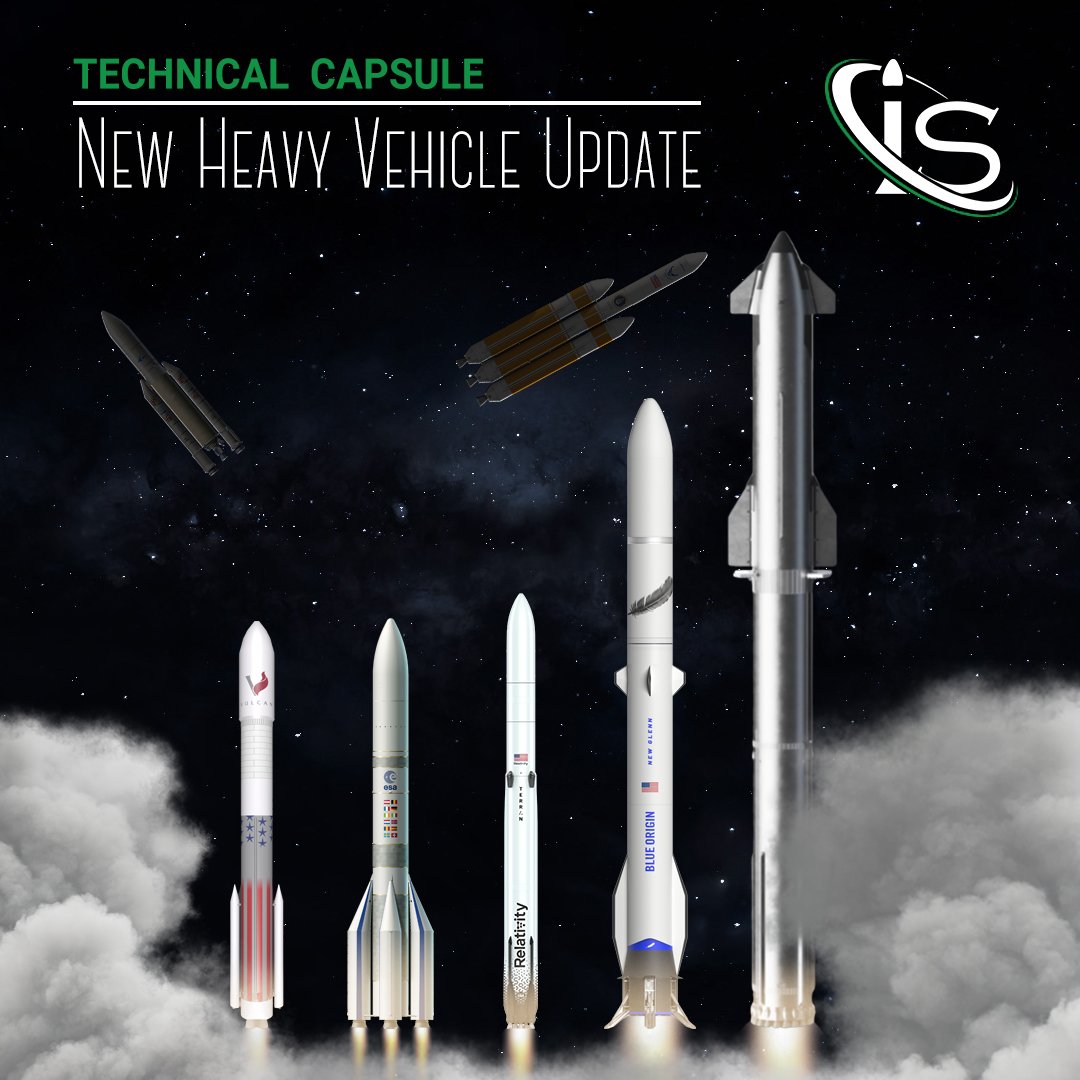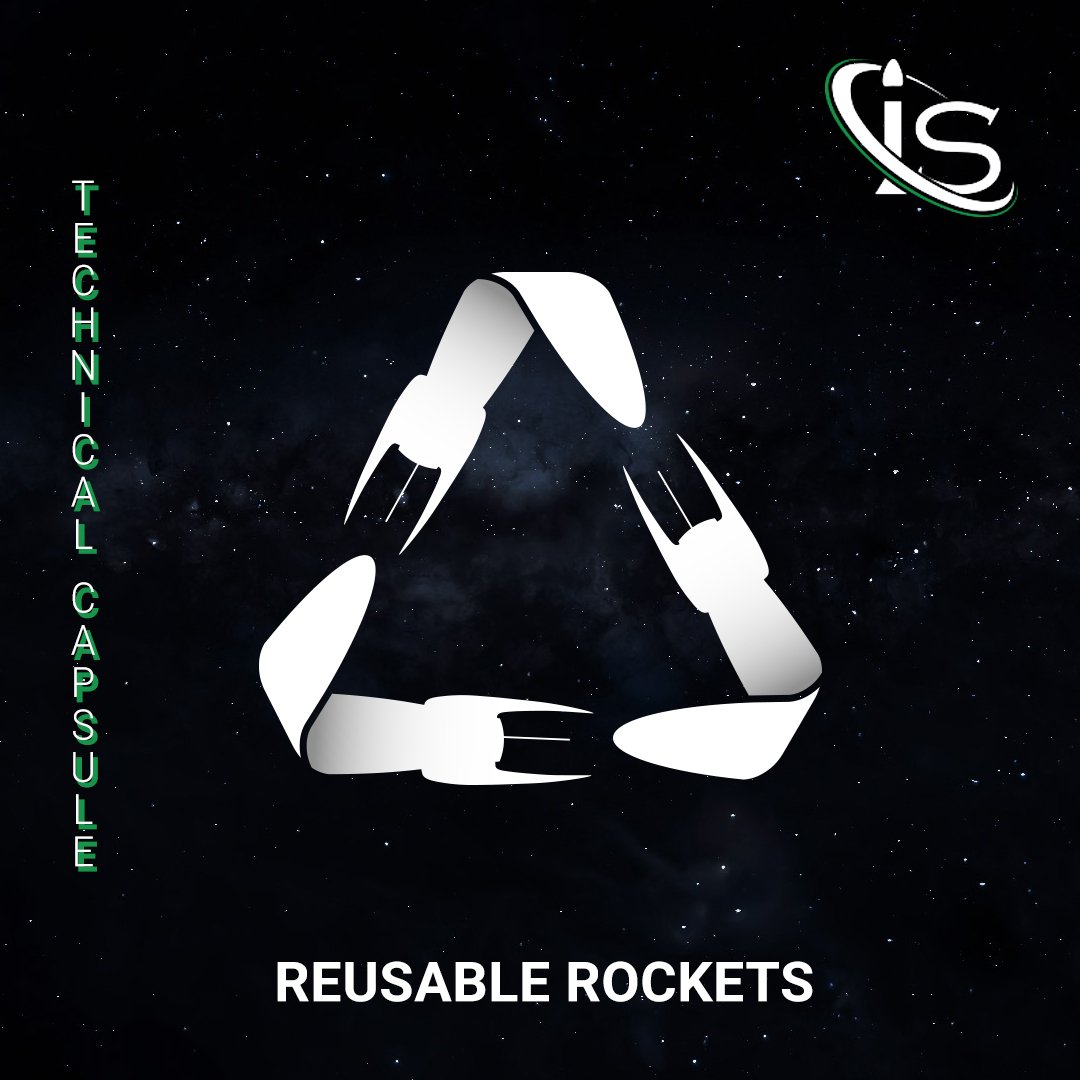Welcome, everyone, to a new Science Capsule. If you read the last one we did on Hubble vs James Webb, then you are already aware of both this and next week’s topic: rocket pollution. Today’s focus will be on what impact rocket launches really have on the environment. Meanwhile, next week will zero in on how operators are being more and more environmentally conscious. So, without further ado, let us get into the effects that the space industry has on Earth’s climate.
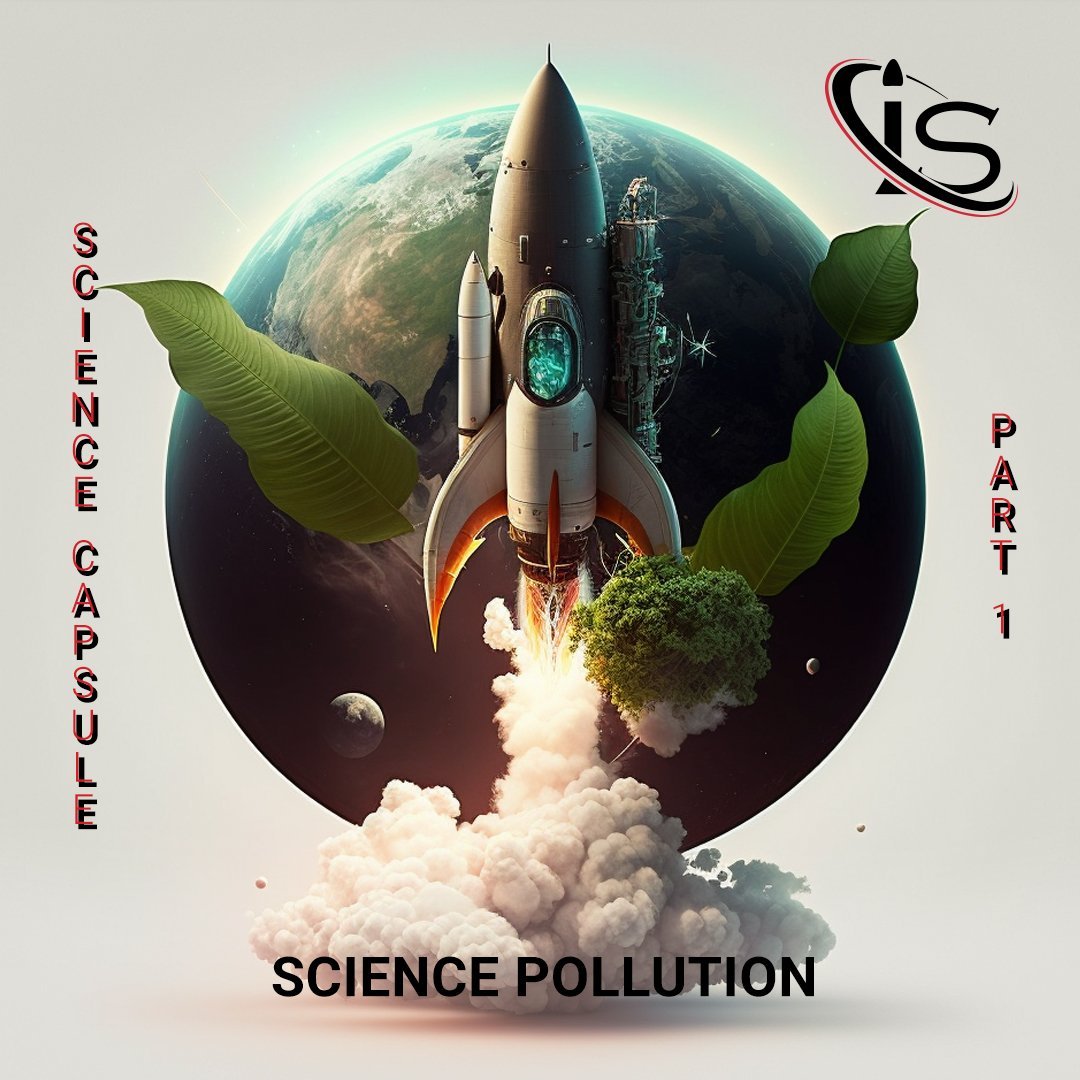
How do Rockets Pollute?
Just like any other (non-electric) vehicle, rockets must burn fuel in order to function. Of course, given that the goal is generating enough thrust to propel these machines up from the ground and out of Earth’s atmosphere, the energy that this combustion needs to generate is quite high. This means that the propellant used must fit a couple criteria. One, is what we just discussed, the high amount of energy released upon combustion. The other is that it must be stable at room temperature and not explode too easily. This is, of course, so that no explosive mishaps, or anything of the sort, can occur.
The most popular propellant that fits those criteria is — at the moment — Rocket Propellant-1, or RP-1. Very creative name, I know. This fuel source has been used by some of the most famous rockets, such as Saturn, Delta, Falcon, and many more. And even though it is very stable, when it does combust, it provides all the necessary energy and more. However, its burning also emits black carbon, which is the main pollutant produced by rockets. This compound is very efficient at trapping heat, meaning it could lead to an increase in global warming. But that has not been a concern with rocket launches. At least, not yet. And now, it is time to dive into why that is.
The Present
Even though black carbon is such an efficient greenhouse gas, the space industry is currently only burning the equivalent of 1% of the fossil fuels consumed by aviation. Therefore, at the moment, rockets are not impacting the environment as much as most other industries. After all, the number of launches per year is a lot less than the number of airplane flights.
However, the impact that the space industry has on the environment has begun to garner more attention as of late. There are two main reasons for this. The first is that the pollutants released by rockets reach much higher layers of the atmosphere. Why this occurs is pretty self-explanatory, as these machines must travel through those higher altitudes on their way to space. Unfortunately, this could impact the ozone layer. And as Christopher Maloney — a research scientist with the National Oceanic and Atmospheric Administration — said “Anytime that you see anything that impacts ozone, it is worthy of further investigation”.
The second reason has to do with the future of the industry. Again, as things stand, the pollution caused by rocket launches is not enough to constitute a big factor in current climate change. However, that could all change if the frequency of launches continues to increase. And so, it is time to talk about potential future environmental problems that the space industry could cause.
The Future
The number of launches per year has been going up more and more for a couple years now. This is to accommodate the ever-increasing demand to have payloads sent into space. Internet services, in particular, make up a big portion of this. Space tourism is also projected to further increase the frequency of launches. And this is exactly where a potential problem might arise. If the projected increase in launches over the next decade is accurate, pollution from rockets might start having a noticeable effect on our climate. According to Dimitris Drikakis — a scientist at the University of Nicosia in Cyprus — “we don’t know the actual impact on the atmosphere because atmospheric chemistry is a very complicated matter, but when you have the cumulative effect of more launches, it is going to get interesting”.
Drikakis is not the only one to share this opinion. Stephen Andersen — a research director for the Institute of Governance and Sustainable Development — said, “Current emissions are not a significant source, but they would be incredibly significant if the projections of space flights prove true”.
As a matter of fact, the majority of the scientific community is at a consensus on the pollution caused by the space industry. Not really a problem now, but it could quickly become one if left unchecked. So, what does this mean? Are rockets going to be next in line for machines that negatively impact our environment? Unfortunately, there is no definitive answer for me to give right now. But what I can give is hope. Hope for a great future that will see both more rockets being launched, and less pollution being emitted. The trick is getting there.
An Eco-friendlier Industry
I will not go too in depth on this section; especially since you will get the full scoop on it next week. However, I will bring up some of the advancements that are already taking place in the industry. At least when it comes to making rocket launches more environmentally friendly. The first is the ever-expanding list of reusable rockets. These machines — such as the highly anticipated SpaceX Starship — are designed in a way that either parts of, or sometimes the whole, rocket can be reused for future launches.
Not only does this reduce the amount of space debris being produced and accumulated, it also reduces the amount of pollution caused by the space industry. While most of today has been focused on the launch itself, the assembly of a rocket requires the use of many other machines. Those, in turn, will emit pollutants in order to function (barring some fully green energy source). Therefore, having to make fewer parts for the same number of launches will also reduce the amount of pollution generated in the assembly phase. You can learn more about these reusable rockets by reading our technical capsule, here.
The second area in which rockets are becoming eco-friendlier is their propellants. Again, I will not go into great detail on this subject. The only point I will make is that many launches are beginning to utilize less polluting propellants. If an equally efficient but less environmentally damaging fuel source than the current ones is found, the increase in launch frequency would be a lot less detrimental to our climate. Needless to say that various operators have already begun looking into just that.
“See” You in Part 2
That will about do it for today. I hope you were able to get a better grasp on the actual impact the space industry has on our climate. Of course, this was only one side of the story. Most of today focuses on analyzing current and future data for the pollution produced by rockets. Next week, on the other hand, is going to explore the more technical side. And that is when we will really delve into what steps are being taken to prevent the space industry from becoming a major concern for the environment. If this topic is close to your heart, you will definitely not want to miss that. And so, make sure to check back here, at impulso.space, next Wednesday. “See” you all then.
